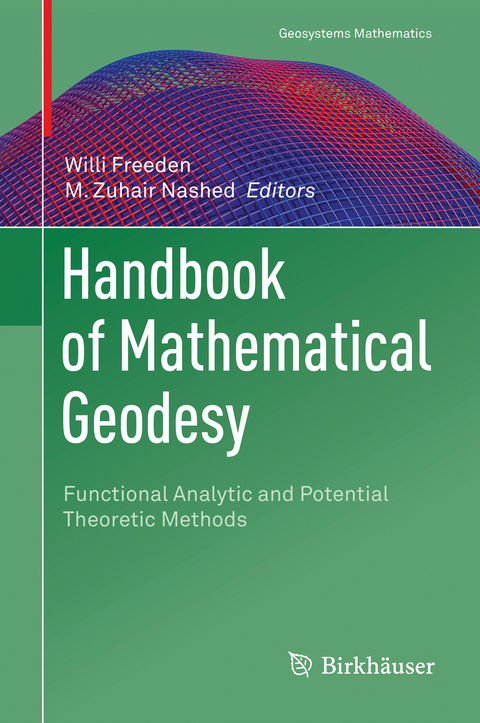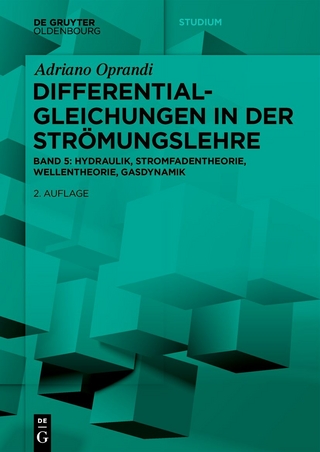
Handbook of Mathematical Geodesy
Springer International Publishing (Verlag)
978-3-319-57179-9 (ISBN)
Willi Freeden is Professor of Geomathematics at the Technical University of Kaiserslautern, GermanyZuhair Nahed is Professor at the University of Central Florida, Orlando, USA
lt;p>Introduction.- Gauss as Scientific Mediator between Mathematics and Geodesy from the Past to the Present .- An Overview on Tools from Functional Analysis.- Operator-Theoretic and Regularization Approaches to Ill-Posed Problems.- Geodetic Observables and Their Mathematical Treatment in Multiscale Framework.- The Analysis of Geodetic Boundary Value Problem: State and Perspectives.- Oblique Stochastic Boundary Value Problem.- About the Importance of the Runge-Walsh Concept for Gravitational Field Determination.- Geomathematical Advances in Satellite Gravity Gradiometry.- Parameter Choices for Fast Harmonic Spline Approximation.- Gravimetry as an Ill-Posed Problem in Mathematical Geodesy.- Gravimetry and Exploration.- On the Non-Uniqueness of Gravitational and Magnetic Field Data Inversion.- Spherical Harmonics Based Special Function Systems and Constructive Approximation Methods.- Spherical Potential Theory: Tools and Applications.- A combination of Downward Continuation and Local Approximation for Harmonic Potentials.- Joint Inversion of Multiple Observation.
lt;p>"The Handbook of Mathematical Geodesy presents for the mathematicians a wealth of applications and for the geodesists a solid embedding of the fundamental concepts of physical geodesy into approximation theory." (Karl-Rudolf Koch, Journal of Geodesy, Vol. 93, 2019)
"The Handbook of Mathematical Geodesy presents a remarkable achievement. The book bridges the gap between the abstract work of the mathematicians and the practically oriented measurements of the geodesists. ... the book is broadly planned, and it presents the present state of knowledge." (Karl-Rudolf Koch, International Journal on Geomathematics GEM, Vol. 10, 2019)
| Erscheinungsdatum | 27.06.2018 |
|---|---|
| Reihe/Serie | Geosystems Mathematics |
| Zusatzinfo | XIV, 932 p. 155 illus., 76 illus. in color. |
| Verlagsort | Cham |
| Sprache | englisch |
| Maße | 155 x 235 mm |
| Gewicht | 1521 g |
| Themenwelt | Mathematik / Informatik ► Mathematik ► Analysis |
| Naturwissenschaften ► Geowissenschaften ► Geophysik | |
| Schlagworte | Abstract harmonic analysis • Complex analysis, complex variables • Constructive Approximation • determination of the shape of the Earth • Differential calculus & equations • Differential calculus & equations • Geophysics • Geophysics/Geodesy • gravitational field determination • inference theory and geodetic networks • Inverse Problems • Mathematics • mathematics and statistics • Partial differential equations • satellite methods |
| ISBN-10 | 3-319-57179-6 / 3319571796 |
| ISBN-13 | 978-3-319-57179-9 / 9783319571799 |
| Zustand | Neuware |
| Haben Sie eine Frage zum Produkt? |
aus dem Bereich


